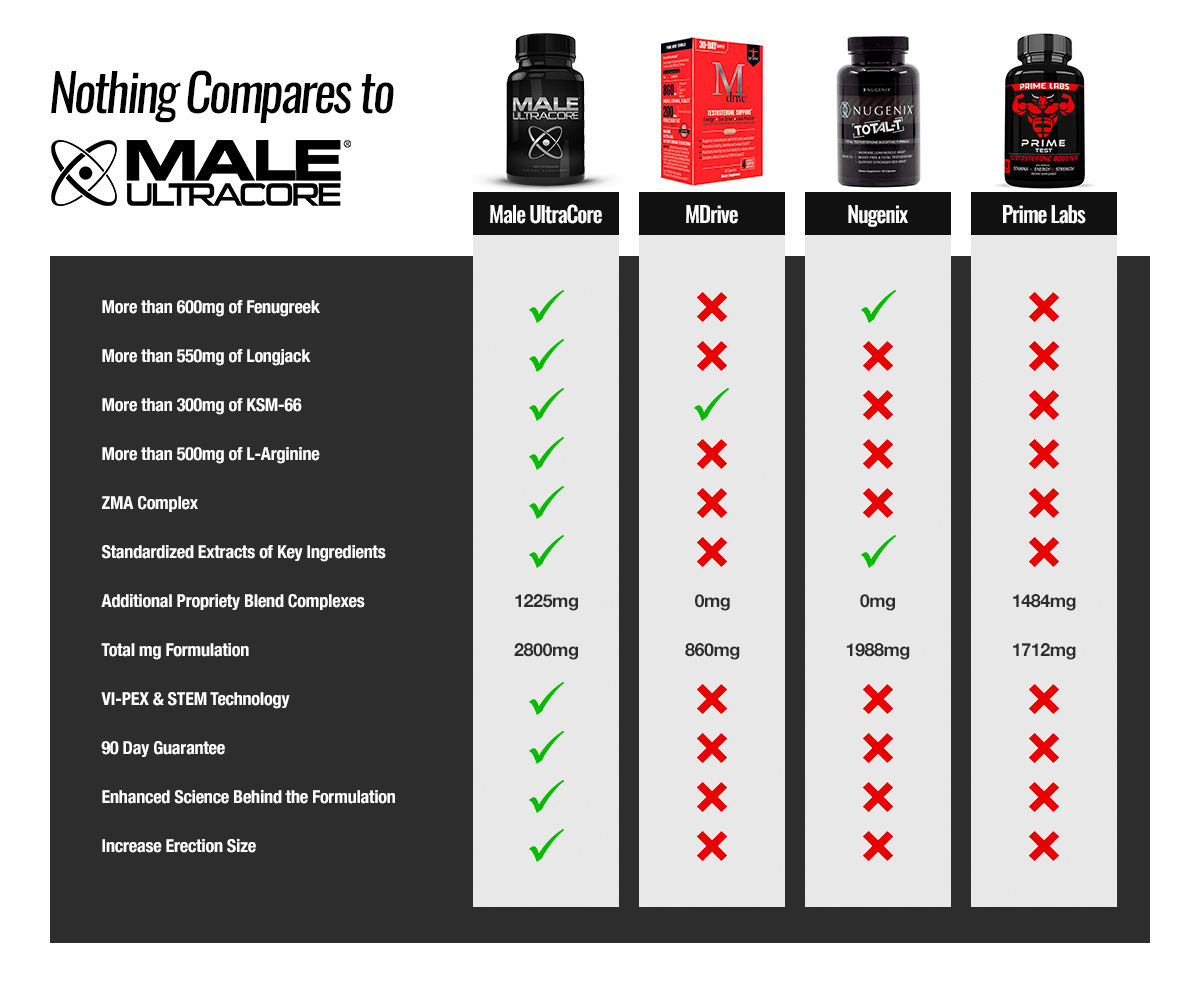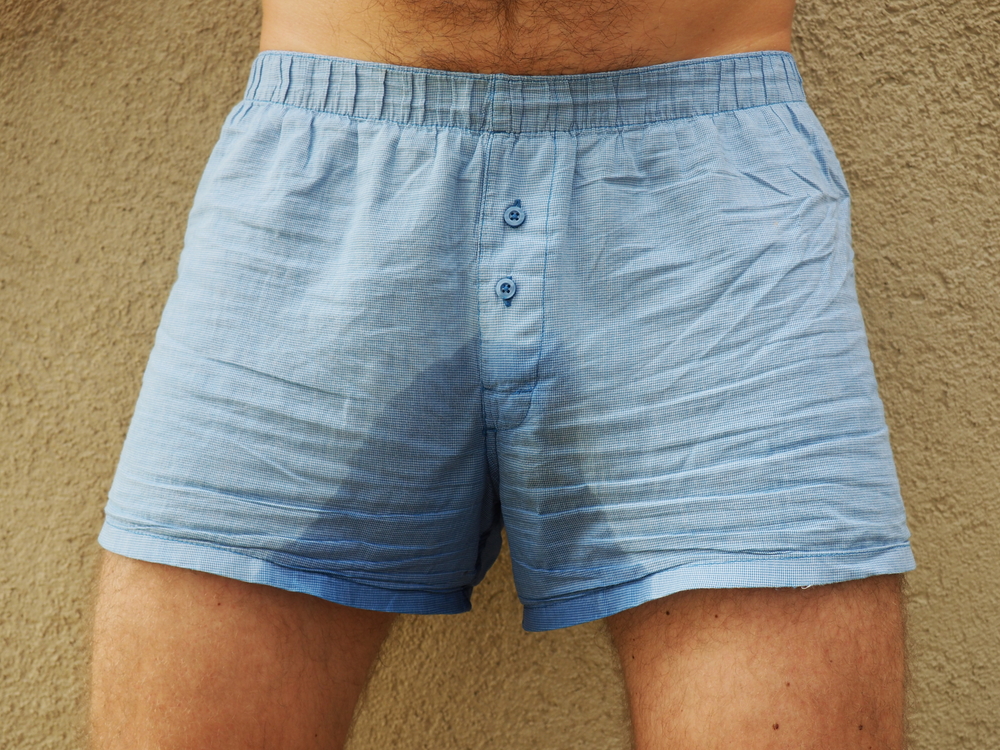Male incontinence is becoming a more common problem than we would like it to be. Unfortunately, with the long list of factors that contribute to the development of this issue, the number of cases seems to grow and grow. But what factors are these exactly? What do we mean when we say common causes of male incontinence? And most importantly – How is this issue treated? Is there a chance to live a normal life during and after urinary incontinence? Let’s find out!
Is male incontinence a common issue in men?
Urinary incontinence is described as involuntary loss of urine that can occur during different actions, including laughing, sneezing, coughing, and lifting items. There are different types of urinary incontinence, including stress incontinence, urge incontinence, and overflow incontinence. The most important thing is the fact that we are talking about a treatable problem that in most cases, is quite easy and simple to solve.
Both men and women struggle with urinary incontinence. In most cases, it happens later in life, due to old age. However, there are quite a few cases being caused by other factors as well that we will discuss in a little while. But first – How often does urinary incontinence occur in men? Unfortunately, the latest research has discovered some disturbing information. It appears that up to 34% of the older population of men are struggling with urinary incontinence of some kind, whereas up to 11% of the older men are struggling with these symptoms every day.
How to recognize the symptoms?
When it comes to urinary incontinence, the symptoms that it causes are pretty straightforward. Let’s look into the most common types of urinary incontinence and the symptoms that these types are causing.
-
-
 Stress incontinence
Stress incontinence
-
Caused by quick movements or pressure, including coughing, sneezing, and lifting, the patient experiences an involuntary loss of urine.
-
-
Urge incontinence
-
The patient experiences a strong, sudden need to urinate, which is accompanied by involuntary urination.
-
-
Overflow incontinence
-
The patient’s bladder swells up above its usual size, causing an inability to release urine and a frequent need for urination completely. The patient also experiences a constant feeling as if his/her bladder is full.
What are the causes of male incontinence?
In order for our urinating system to function and stay intact, it is necessary for all of the muscles and nerves within this system to function well. If any muscle or nerve is damaged by any type of disease or an injury, the symptoms of urinary incontinence developed.
Of course, the first cause of urinary incontinence in both men and women is the aging process itself. Due to the aging process, the muscles of our bladder become weaker and weaker as they are no longer able to sustain the pressure that the gathered-up urine puts on them. This, unfortunately, leads to urinary incontinence itself.
A long list of medical issues can lead to the occurrence and development of urinary incontinence. Diabetes, Parkinson’s disease, multiple sclerosis, stroke, and a spinal cord injury can all affect the state of the nerves that are responsible for making the normal urinating process happen. Prostate problems such as benign prostate hyperplasia can also be the reason why you are facing urinary incontinence. The surgical removal of the prostate itself, due to prostate cancer, known as a prostatectomy, also often leads to urinary incontinence and erection issues. Prostate cancer itself is also often linked to urinary incontinence as well. Urinary tract infections often result in bladder inflammation which commonly results in urinary incontinence.
Other lifestyle factors often reflect negatively on the state of our urine system. Factors such as a sedentary lifestyle, poor diet, obesity, smoking, and excessive drinking have all been linked to the development of urinary incontinence in men in the past.
How is urinary incontinence be treated?
Now to what probably is the most important question of them all – What can a man do to treat his urinary incontinence? Because urinary incontinence is often a problem that causes its victims to feel ashamed and disabled, it is a problem that requires an effective treatment plan. Luckily, most of the patients have efficiently treated their symptoms and enjoy life without having to feel ashamed because of their poor bladder control.
 The treatment plan focuses on treating the underlying problem, including the treatment of urinary incontinence as well. In most cases, it is the combination of lifestyle changes and medication that is being used to get rid of urinary incontinence.
The treatment plan focuses on treating the underlying problem, including the treatment of urinary incontinence as well. In most cases, it is the combination of lifestyle changes and medication that is being used to get rid of urinary incontinence.
Patients are recommended to take up Kegel exercises to strengthen their pelvic floor muscles which might as well be the reason for their urinary incontinence issues in the first place. Kegel exercises are easy to do exercises that can be done while sitting or standing and do not require any equipment whatsoever, which makes it easy to incorporate in your everyday life. In addition, cutting alcohol and cigarettes from your life, focusing on clean eating and becoming more physically active will increase your chances of beating urinary incontinence.
A lot of the times, these changes are accompanied by using certain medications such as alpha-blockers and antispasmodics to improve the patient’s conditions. Some devices, such as a male sling or an artificial sphincter, can be used as well. The most difficult cases are often treated with surgical intervention.
Conclusion
Urinary incontinence is a problem that both men and women of all ages are exposed to. In men, it is prostate cancer, diabetes, Parkinson’s disease, and stroke that are leading up to this issue. Luckily, with the simple treatment methods, this issue can be efficiently managed, which will contribute to the lifestyle quality of these patients.
Increase Your Testosterone Levels with Testosterone Boosters
Male UltraCore is a premium testosterone boosting supplement that is designed to maximize test levels, increase your performance and drive, and give you harder and fuller erections.






